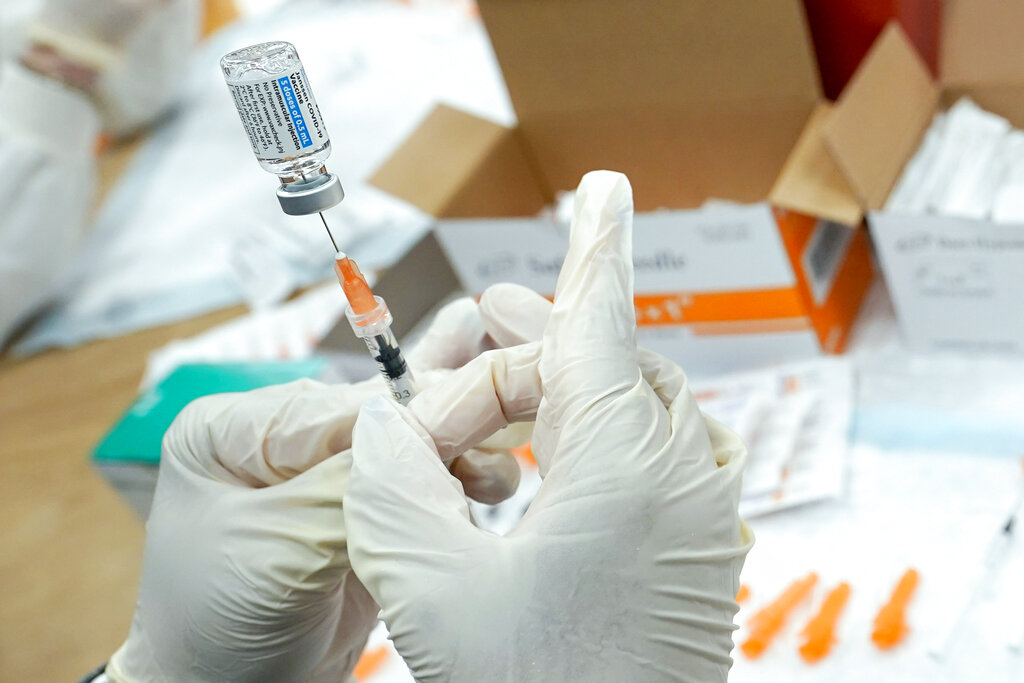Blood clots still remain a side effect of COVID-19 vaccination. Here’s what to look for
INDIANAPOLIS (WISH) — Blood clots are defined as a mass of blood cells that stick together, forming a gelatinous mass that blocks blood from circulating through the body. While the Food and Drug Administration and Centers for Disease Control and Prevention have endorsed Pfizer and Moderna over Johnson and Johnson, there is still a minimal risk of developing this rare but serious side effect post-vaccination.
News 8 spoke with Dr. Christopher Doehring, vice president of medical affairs at Franciscan Health, who gave advice on what to look for if you suspect you’re experiencing a blood clot — vaccine-related or otherwise.
“The symptoms associated with the clot are dependent on where the clot is,” he said. “Clots in the legs cause leg pain and swelling there. The issue is with this vaccine is that the clot goes into the brain and can be difficult to diagnose. Certainly headaches, dizziness are sort of the more common associated with that type of problem.”
The American Heart Association recently released a list of other symptoms to look out for. They include blurry vision, weakness, confusion, nausea and vomiting and seizures.
In a statement addressing the increased risk of blood clots associated with the Johnson and Johnson vaccine, Dr. Mary Cushman says:
“The CDC’s latest data indicate … it is a rare, yet serious possible affect. Individuals who receive the Johnson and Johnson COVID-19 vaccine — (those) who receive the vaccine should be monitored for symptoms.”
Should you be experiencing any of these symptoms, health experts urge you to get medical attention immediately.
